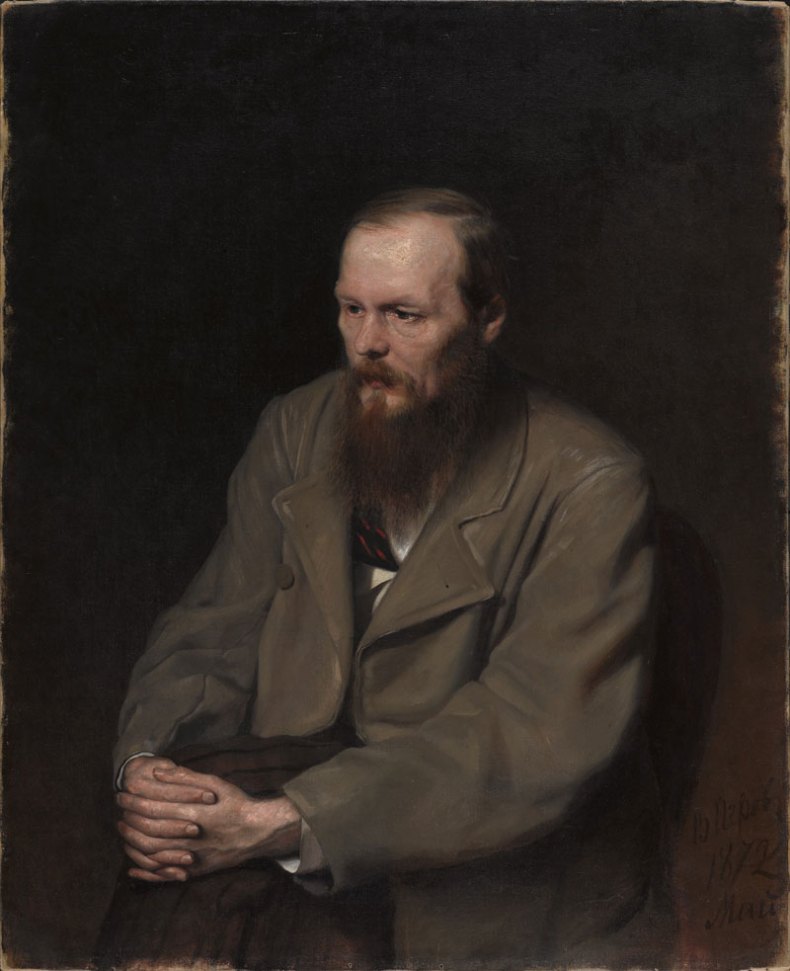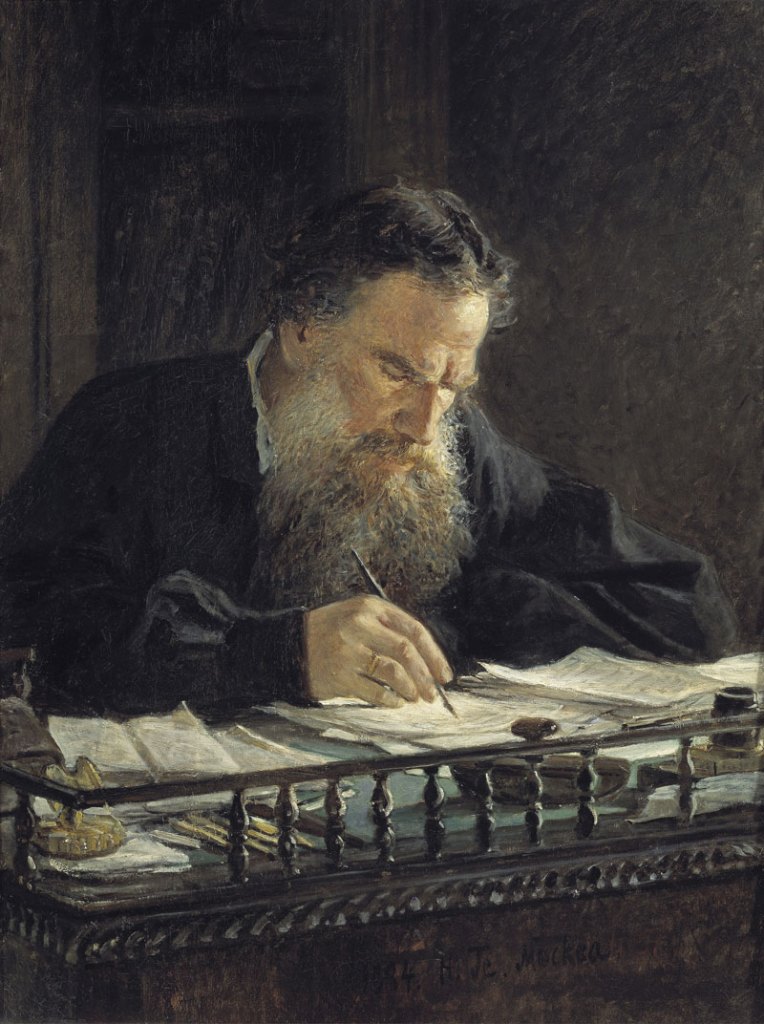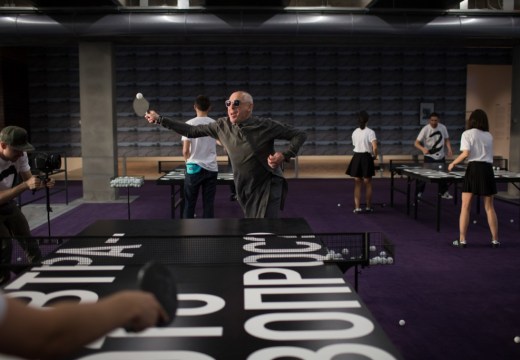Until the middle of the 19th century, art patronage in Russia was dominated by a St Petersburg aristocracy whose preferences were for Western European painting, but that situation began to change under Alexander II. Pavel Tretyakov (1832–98) owned just six canvases when he first declared his intention of creating a national gallery of Russian art in 1860. It was a remarkable aspiration for a newly wealthy but self-effacing Moscow textile merchant who had yet to turn 30, but it was also the dawn of a remarkable decade, featuring major political reform, rapid industrialisation, the inauguration of several progressive cultural institutions, and the rise of a new generation of brilliant writers, musicians, actors, and artists all committed to the articulation of a distinctly Russian cultural identity.
It is testament to Tretyakov’s rapidly acquired artistic acumen and foresight that by the beginning of the 1870s he was not only buying work from those painters who were breaking away from the strictures of the Imperial Academy, but was also commissioning them to paint the first portraits of Russia’s leading cultural figures. These were later joined by subsequent acquisitions, made both before and after Tretyakov’s death in 1898. The 26 portraits that have been carefully chosen for this exhibition were completed between 1867 and 1914, and most have never travelled to Great Britain before. We know the masterpieces of the Russian avant-garde, but much of the work of their immediate forebears has been unjustly neglected. Rosalind Blakesley and the National Portrait Gallery are to be congratulated on mounting the first exhibition featuring 19th-century Russian painters at a national museum in the UK since 2004. For many visitors it will be a revelation.

Fedor Dostoevsky (1872), Vasily Perov. State Tretyakov Gallery, Moscow
Tretyakov originally grouped all his portraits together to form a ‘gallery within a gallery’, and the exhibition provides a rare opportunity to gain a sense of the impact they must have made before they were dispersed among the collection. It is an intense and exhilarating experience, rather like entering the world of a 19th-century Russian realist novel by one of the authors depicted on the canvases before us. The powers of psychological penetration exercised by painters like Vasily Perov, Ivan Kramskoy, and Ilia Repin prove more than a match for the vivid prose of the writers they have immortalised. Tretyakov felt a strong affinity for Dostoevsky’s writing, and Perov’s 1872 portrait of the writer sitting deep in concentration (the only one completed in his lifetime) is particularly successful. It is probably one of the best-known portraits in an exhibition which belies its small size to provide a miraculously balanced and broad coverage of late 19th-century Russian painting.
Not all Tretyakov’s commissions succeeded. In some cases there was a distinct lack of rapport between artist and subject, as is evident in Repin’s 1874 portrait of Turgenev, which Tretyakov commissioned after he was dissatisfied with Perov’s earlier rendering of 1872. Some writers flatly refused to have their portrait painted. This was initially the case with Goncharov, and also with Tolstoy, due partly to his aristocratic snobbery. If one has any regrets about this exhibition, it is that Tolstoy is not represented by the remarkable 1873 portrait Kramskoy finally managed to paint, and which Tretyakov commissioned, along with the portraits of Dostoevsky and Turgenev. In that painting Tolstoy confronts the viewer head-on. Here we have a portrait completed in 1884 by Nikolai Ge, who became one of Tolstoy’s earliest acolytes after he gave up being a professional writer. Ge’s devotion to Tolstoy’s newfound ascetic ideals explains his iconoclastic rendering of Tolstoy dressed in black, sitting crouched over his desk in the act of writing without showing his eyes, a decision which some found shocking at the time.

Leo Tolstoy (1884), Nikolai Ge. State Tretyakov Gallery, Moscow
Tretyakov was drawn to democratically minded, non-establishment painters, and he was also democratic with his commissions. Accordingly he sought out a variety of different artists at different stages of their careers, which was a strategy that brought mixed results. Iosif Braz, a young graduate of the Academy of Arts, made two attempts at painting Chekhov, who shrank from the limelight, remained elusive, and did not like either version, but we are indebted to the equally little-known Nikolai Kuznetsov for the compelling portrait he completed of Tchaikovsky months before he died in 1893. The portraits of composers in this exhibition have been well chosen, and include Repin’s 1881 portraits of the highly professional Anton Rubinstein (better known to some as a pianist) and his antipode Modest Mussorgsky, the latter an outright masterpiece completed in the hospital where the composer would die from alcoholism a few days later.

Modest Mussorgsky (1881), Ilia Repin. State Tretyakov Gallery, Moscow
It is appropriate that the exhibition begins with Repin’s 1901 portrait of Tretyakov himself, standing somewhat ill at ease among his collection, with his arms crossed. As a man who studiously avoided publicity, Tretyakov never actually commissioned a portrait of himself. Kramskoy succeeded in painting him in 1876 only because he was laid up at home with gout for three months. Repin, who was also on close terms with his patron, was finally given permission after frequent entreaties in 1883, and, with the help of a death mask, used this painting as the basis of the portrait he completed three years after Tretyakov’s death at the request of the Gallery’s trustees, who were by then the custodians of over 2,000 works of art.
It is equally appropriate that the exhibition concludes with Serov’s 1910 portrait of a much younger Moscow merchant patron, Ivan Morozov, which the Tretyakov Gallery acquired after the Revolution. Morozov’s heavy build and fixed stare suggest a forceful personality which is utterly different to the modest reticence projected by Tretyakov’s tall, thin frame and lowered gaze. He is depicted against the background of the new Matisse he has just bought in Paris, by an artist who remained ambivalent about the French avant-garde – appropriate for a man who was a flamboyant collector with a powerful thirst for adventure where art was concerned, but who also retained a great debt to his older contemporary Pavel Tretyakov.

Pavel Tretyakov (1901), Ilia Repin. State Tretyakov Gallery, Moscow
‘Russia and the Arts: The Age of Tolstoy and Tchaikovsky’ is at the National Portrait Gallery, London, until 26 June.
From the May issue of Apollo: preview and subscribe here.














![Masterpiece [Re]discovery 2022. Photo: Ben Fisher Photography, courtesy of Masterpiece London](http://zephr.apollo-magazine.com/wp-content/uploads/2022/07/MPL2022_4263.jpg)
‘Like landscape, his objects seem to breathe’: Gordon Baldwin (1932–2025)